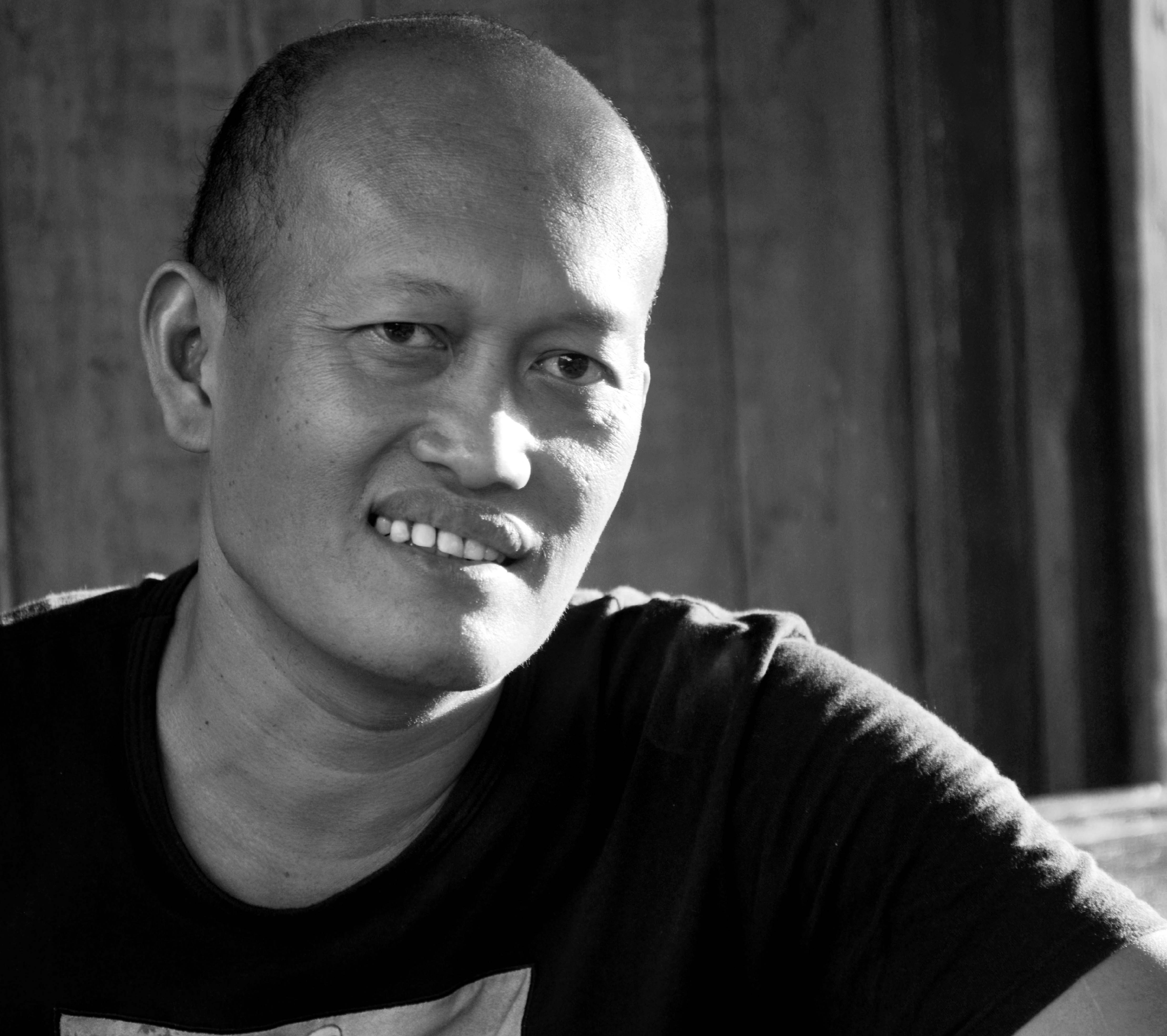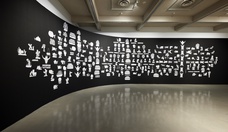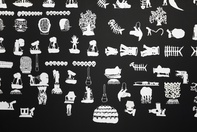Jumaadi
Guringai Country, Sydney and Imogiri, Yogyakarta, Indonesia
2023
Displayed 2023 at Campbelltown Arts Centre

Jumaadi
Born 1973, Sidoarjo, East Java, Indonesia.
Lives and works Guringai Country, Sydney, and Imogiri, Yogyakarta, Indonesia.
Jumaadi is an Indonesian-born, Sydney-based artist working across a range of media including drawing, painting, installation, and performance. His work is in the collection of the National Gallery of Australia, the Art Gallery of New South Wales, the Museum of Contemporary Art Australia, and public and private collections across Australia and overseas. Since graduating with a Master of Fine Art from the National Art School, Sydney, in 2008, he has been involved in exhibitions in Australia and internationally including in Asia, Russia, the United Kingdom and the United States. Recently, he represented Australia at the 13th Gwangju Biennale in South Korea, and The 10th Asia Pacific Triennial of Contemporary Art in Brisbane.
His practice is informed by personal experience as well as the political and aesthetic lineages of his homeland, including wayang kulit, a tradition of shadow-puppet plays that originated in Java and Bali. Some of his most recognisable works are large-scale paintings on cloth, small and large figures sculpted from buffalo hide, paper cutouts, and bronze casting.
Photograph: Agung S
Artist text
by Pedro de Almeida
Jumaadi’s highly idiosyncratic visual language could easily be characterised as an expression of magic realism, a catch-all term derived from the literary genre that typically fuses fantasy and reality in allegorical ways. Although not entirely an inaccurate description of the Indonesian-born artist’s practice, it is a term that, paradoxically, confines rather than expands Jumaadi’s artistic intentions. Universalising his art’s appreciation and understanding is an honourable aim, even as one should be wary of applying the same objective to its imaginative origins.
Jumaadi’s creations are first and foremost an emanation from an individual mind, memory, and soul, coloured by a complex constellation of stories that have emerged from ancestors, family, friendships, and landscapes that shape the artist’s daily existence. Rather than ‘magic,’ his stories have their basis in a confluence of histories and beliefs that take on realist forms insofar as the artist requires them to in order to tell his stories. Working for long, intense periods of time across two studios – one in the village of Imogiri in south-central Java within a special region of Yogyakarta, the other in Sydney’s northern suburbs – tempers Jumaadi’s rhythm of creating, as do too the comings and goings of a large network of people that he chooses to surround himself with. Every storyteller needs an audience, and before Jumaadi’s creations reach the walls and floors of art museums and galleries around the world his first audience is always his many friends and family members.
Originally created for Superfluous Things: Paper, a group exhibition at Singapore Art Museum that opened in mid-2022, Jumaadi’s Joli Jolan (2022) is presented in his principal city of residence, Sydney, for the first time, amplified by new works produced especially for The National 4. Commonly working with paint, ink, and watercolour on paper, cloth, buffalo hide, and metal, Jumaadi’s art is always figurative in nature and economical in its expressive means. Line, light, shape, and shadow all play a part in conjuring a panoply of iconography that exudes rather than explains the icons’ validity as ciphers. Joli Jolan, for instance, comprises a series of white paper cutouts assembled on a black painted wall to create a monochromatic reverse-silhouette scene of numerous humanoid figures at work, play, rest, or otherwise morphing into natural forms such as ground, rock, root, and branch, as well as timeless tools of civilisations: a chair, a cart, a rope, a shovel. These figures push, pull and endure such forms – labouring under, over, and alongside – in icons that suggest perpetual movement, if not progress. Their collective strength lies in their ability to be read as at once distinctly individual representations – no two tree branches are alike, no two figures stand or slouch with the same gait – while combining holistically to create a definite sense of common purpose.
The tension between individual and collective experiences, belief systems, and imagination is precisely the fulcrum upon which Jumaadi’s work rests. His stories have their fullest symbolic import when offered, generously, not as universal icons but instead as commonly familiar forms as if from shared dreams.
Artist's acknowledgements
Jumaadi is represented by King Street Gallery on William, Sydney.
I would like to thank Randi and Robert Linnegar from King Street Gallery on William. Special thanks also to Siobhan Campbell, my wife, who has been the most supportive on this project and beyond, with Suro Tunggal and Trimo Asmara, our beautiful children, and my collaborator Mas Fitriyanto with his family in Imogiri, Yogyakarta.

